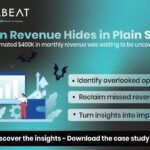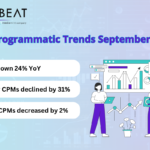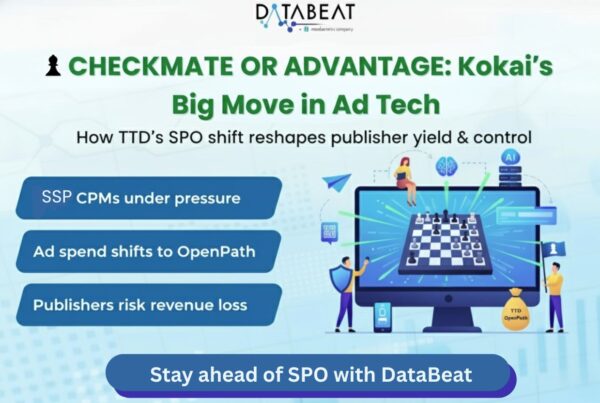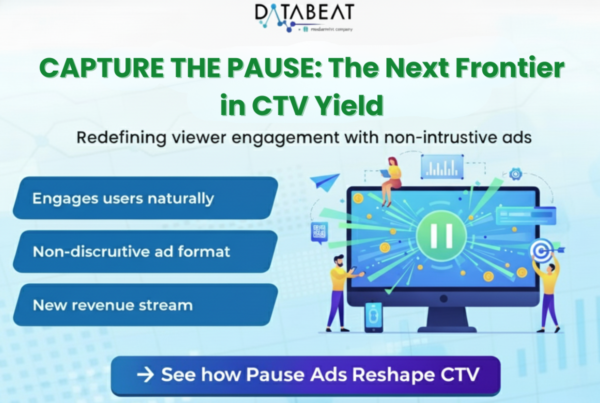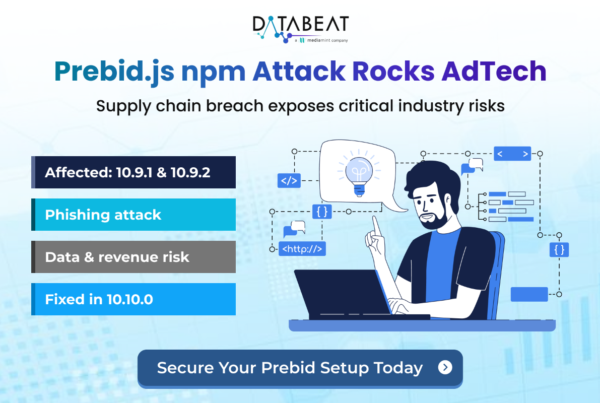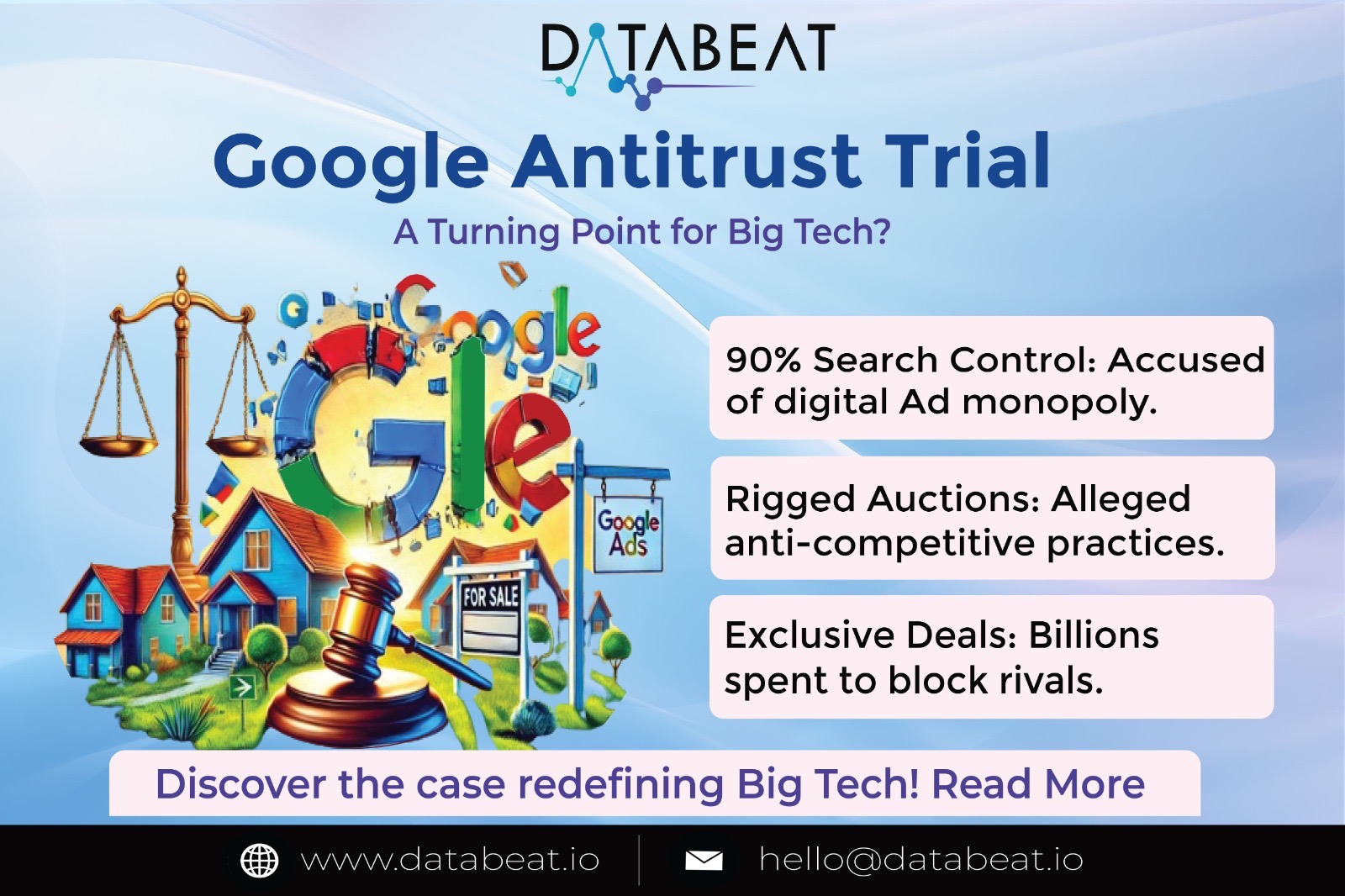
Introduction:
A king named X ruled a hamlet where he only had absolute authority. Despite minor frustrations, people made no major revolts against him. And his subjects were under control. One day, an individual named Z arrived at that hamlet. He began to see inequity and started questioning & outcrying the abnormalities in King X ‘s reign. Seeing him as a beacon of hope, the frustrated people joined hands and rallied behind Mr.Z and outcried their discontent.
We can draw parallels with the “United States Vs Google LLC : Google’s Antitrust Trial” (began in 2023) where Google is being allegedly challenged for its monopolistic practices and search engine dominance in the ad tech industry, and The Department of Justice (DOJ), much like Mr.Z is trying to expose Google’s monopolistic practices being a regulator. (Though Google isn’t found guilty yet, we are using this comparison )
In a district federal courtrooms, the Department of Justice and Google are facing each other over claims that Google’s malpractices to cut competition and its illegal monopolistic rule.
Allegations by DOJ against Google:
1. Monopoly: The major allegation against Google is that it operates and behaves as an unlawful monopoly in the digital advertising market space.
-
- With more than 90% of the market in the US, Google’s search engine has controlled the industry for more than 20 years.
2. Manipulative practices: Google manipulated auctions to deprive its rival ad exchanges and insulated itself.
- To act against Header Bidding which was introduced by publishers, Google began testing a product named Google DFP First Look, which allowed publishers to access to their inventory to some preferred buyers before the auction in Google’s Ad server
-
-
- A Google presentation about Google DFP (Double click for Publishers) from April 2015 entitled, “Why first look is crucial.”
- The slide states: “First look allows access to the most valuable cookies, hence the highest-paying impressions. Without first look, we are left with inventory that other buyers have had a look into and didn’t want to pay for.”
-
3. Exclusive Contracts : Google tried contracts with huge market giants like Apple, Mozilla and numerous smartphone manufacturers to have ‘Google’ as their default search engine on their browsers and devices.
4. Elimination of Competition: DOJ contends that, to eliminate competition to the maximum, Google practiced prioritization of its search results and went to an extent of creating a closed ecosystem that keeps the rivals at disadvantage.
-
- In order to guarantee that its search engine is the default choice and keep rivals from establishing a presence, Google reportedly pays billions to browser developers and mobile carriers.
- Small or budding search engines cannot afford these massive payments.
- Limiting competition has the disadvantage of reduced innovation.
- DOJ alleges that Google’s market power is built artificially by blocking competition.
- In order to guarantee that its search engine is the default choice and keep rivals from establishing a presence, Google reportedly pays billions to browser developers and mobile carriers.
5. Case of Open Bidding: DOJ opines that Open bidding (OB) was a google-friendly attempt to hurt its rival exchanges by cutting down the chances of winning.
-
-
- Open bidding was launched in 2018 (previously called exchange bidding in dynamic allocation) that was stated as publisher-friendly by Google to enhance their revenue and maximize their demand.
- Google’s last look advantage in open bidding allowed DFP and AdX to “manipulate auctions and manipulate the decisioning process, in [Google’s] benefit – AppNexus founder Brian O’Kelley
-
6. Violation of Sherman Act: The Sherman Antitrust Act, which forbids monopolistic actions that undermine competition, provides the legal basis for the DOJ’s complaint. The government contends that in addition to breaking the law, Google’s actions hurt the digital economy by stifling innovation and competition.
Google & its Internal CodeNamed secret Projects:
- Jedi – The internal codename for exchange bidding (later open bidding). Google permitted competitors to participate, albeit with specific constraints.
- Project Bernanke – A secret scheme for bid manipulation program, designed to win more competitive agreements and cement AdX’s industry dominance.
- Project Global Bernanke – To improve the margins from both publishers and advertising.
- Project Poirot – It is a bid shading tool designed to reduce header bidding by “drying out” the competition. This entailed transferring transactions to AdX and away from ad exchanges that used header bidding.
- Project Narnia – After acquiring Double Click, Google intends to merge user data from Search, Gmail, YouTube, and other properties with data collected from non-Google sites.
- Project Sunday and Project Monday – These were evaluations of possible modifications to Google’s ad tech business in response to international regulatory inquiries.
- Project Stonehenge and Project SingleClick – These two seem to have focused on examining potential solutions in response to global regulatory interest in Google.
- Project 1Door – It was a plan to simplify the three “buying doors” for the Google Display Network, authorized purchasers, Ad Manager, and AdMob—likely DV360.
- Project Banksy – It also describes an examination of possible solutions carried out in reaction to antitrust regulatory inquiries.
- Project Quantize -It is a Google request for legal counsel on privacy and competition compliance.
Defense of Google:
1. Choice of consumer: Google claims that its customer base is at the top because of its service quality rather than the alleged bad practices or restrictive measures. According to Google, consumers are free to use different search engines, and switching between them is simple and doesn’t require special offers.
-
- Google argues that its success has spurred innovation, especially in the fields of machine learning and artificial intelligence, which have enhanced the user experience for customers searching.
2. Legitimate path: Google cites Amazon and Apple’s search-like capabilities as proof that the digital advertising and search marketplaces are vibrant and competitive. And the company claims it has been following a legitimate & rule based order.
3. Good business practices: Google argues that since these agreements don’t bar users from using other search engines, they aren’t “exclusionary.” The contracts which were made by Google with other parties were legal and adhering to standard business practices.
4. Healthy environment: As evidence that competition is still there in the industry, Google has highlighted how these businesses, along with smaller ones, are aggressively developing and enhancing their search capabilities.
The Trial so Far:
DOJ : Google made ad demand from Google Ads exclusive to AdX and gave its ad server exclusive access to bidding information from its exchange, which would be an example of anticompetitive tying. This, the DOJ will argue, is why Google controls more than 90% of the ad server market.
Google: Google wants to put its case forward by saying that the ad tech market is crowded with competitors of all sizes. As evidence, Google points to media companies, retailers, ad tech platforms, full stack players and the newbies in the market as proof that Google is up against stiff competition in the ad tech sector.
Google also gave supportive statements like its ad tech fees are lower than the industry averages.
Players in the ad tech space like buyers and sellers have multiple options and the reason why they choose ‘Google’ is because Google’s ad tech is simple, affordable, and effective. In short – it works.
DOJ : Google is guilty of operating a trio of monopolies over the ad server, ad exchange and ad network markets.
One monopoly is bad enough, but the government plans to argue that Google operates three of them. Google also willfully maintains its monopolies— and control over the “open display advertising market” – by tying its ad server to its ad exchange and making Google Ads demand exclusive to AdX.
“They have to use DFP [Google’s ad server] to access that [AdX] demand, and it’s almost impossible to leave – which is classic tying.”
It’s this sense of frustration that led to the rise of header bidding almost 10 years ago as a way to circumvent what Wood referred to as the equivalent of a silent auction, where every bid happens in secret, but only one party gets the chance to peek in the envelope at the end and pay one penny more to win.
Julia Tarver Wood, a senior DOJ attorney
According to the DOJ, Google controls between 87% and 91% of the ad server market depending on the geo.
Google : Ads are ads. And there’s a lot more ad inventory out there than just banners and boxes on websites. There’s in-app inventory, native, video, streaming, social media and other sundry walled gardens.
Google also contends that ad servers, exchanges and networks aren’t separate markets.
Instead, Google competes in a single market made up of buyers on one side and sellers on the other. By that equation, Google says it controls only 25% of the market, which is below the Supreme Court’s 75% threshold for what constitutes market dominance.
DOJ : Google auction features, including sell-side dynamic revenue sharing (DRS).
Rather than taking a fixed margin before bidding, DRS allowed Google to adjust its take rate up or down on each impression to make AdX more competitive in auctions. That meant Google could bid higher in certain auctions by lowering its fee and then make it back later by taking a higher margin in another auction.
Testimonies against Google:
“The vast majority of Index’s impressions (83%) come from DFP. The next closest source is Microsoft’s Xandr in the single digits.”
Andrew Casale, CEO & president, Index Exchange
“Almost every ad server has gone out of business because of this integration between AdX and Ad Manager. Publishers may want to use another ad server but they would end up giving up a chunk of revenue from AdX”.
“It turns out monopolies are pretty effective.”
James Avery, CEO & founder, Kevel
“Using DFP (DoubleClick for Publishers, Google’s ad server) was like being held hostage. And switching ad servers wasn’t an option, because the revenue risk of losing Google Ads demand was too high.”
Stephanie Layser, Global head of publisher ad tech solutions at AWS
Conclusion:
In antitrust law, particularly as it relates to the digital economy, the United States v. Google LLC case is a landmark case. Despite Google’s claims that it is properly competing on the basis of the quality of its products, the DOJ maintains that Google’s actions have resulted in an unbreakable monopoly. Whatever the verdict, this trial has already sparked debates about how big tech affects our daily lives and the need for new laws to control the quickly evolving digital world.
The Antitrust trial has now come to an end. The court will now reassemble for final arguments just before Thanksgiving after an almost two-month hiatus.
Possible Outcomes:
- Restriction on Google’s contract: Limitations on Google’s Contracts In the event that the DOJ prevails, the court might order Google to change or terminate its exclusive agreements with browsers and device manufacturers, which might give competitors more access to the market.
- More Regulation: Should it be discovered that Google has misused its market dominance, the government may enforce stringent regulations to stop such actions, which might restrict Google’s economic operations.
- Reevaluation of Big Tech Practices: Should the DOJ succeed, other significant tech firms like Apple, Amazon, and Meta may face comparable legal action and regulatory scrutiny.



